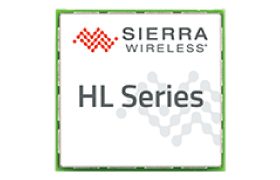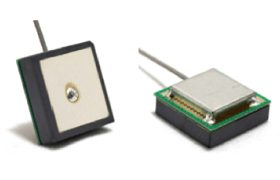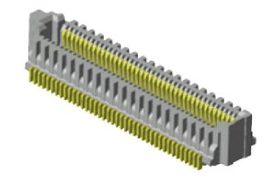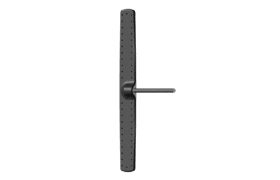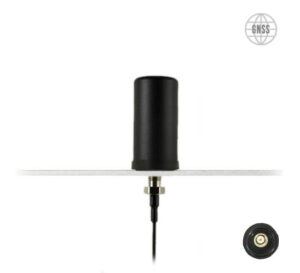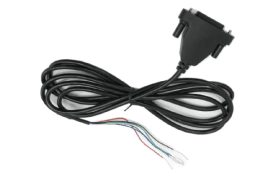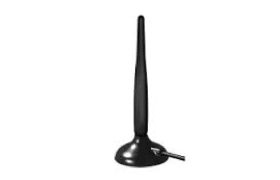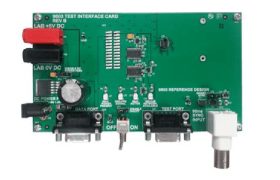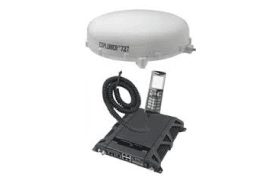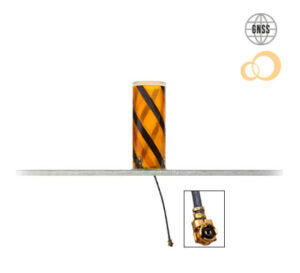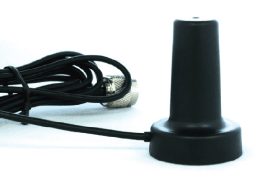Description
The AirPrime HL Series is the smallest, scalable, flexible solution across 2G, 3G, and 4G* technologies, and optionally contains GNSS. The HL Series provides device manufacturers with the ability to serve different regions, across multiple network technologies, with one device design.
The HL Series modules are completely pin-compatible and interchangeable. The HL Series common form factor provides device manufacturers the choice of soldering down the module for efficient high-volume production or, using a snap-in socket on the same solder pads. The innovative snap-in socket allows OEMs to deploy modules at any point in the production and product life cycles. This provides device manufacturers flexibility to build with 2G modules in current deployments and then swap 2G modules for 3G or 4G modules in the future, even in completed and field-deployed devices.
Sierra Wireless AirVantage® Management service comes ready-to-use with HL modules so device manufacturers can easily and securely upgrade device firmware over-the-air, effectively future-proofing remote assets, extending service quality, and saving customers time and operating costs.
The HL8548 supports quad-band GSM/GPRS and enhanced GNSS (GPS and GLONASS) and additionally supports pentaband HSDPA/HSUPA and quad-band EDGE for global coverage. The HL8548 also provides enhanced multi-network coverage, thanks to Dual SIM Dual Standby technology, which allows continuous operations.
Also available, the HL6528 supports quad-band GSM/GPRS and enhanced GNSS (GPS and GLONASS). Both the HL6528 and the HL8548 offer extremely low power consumption and an extended power supply range, significantly improving battery-powered applications.
Key Features
- GSM/GPRS/EDGE/HSUPA/HSDPA/LTE
- GNSS (GPS + GLONASS) Support (-G model)
- Dual SIM Dual Standby technology for maximum network connectivity
- Smallest 2G to 4G form factor on the market
- Use one design for your 2G, 3G, and 4G deployments
- Ready-to-use firmware upgrades using AirVantage Management Service
- Choose between LGA solder-down or snap-in integration
